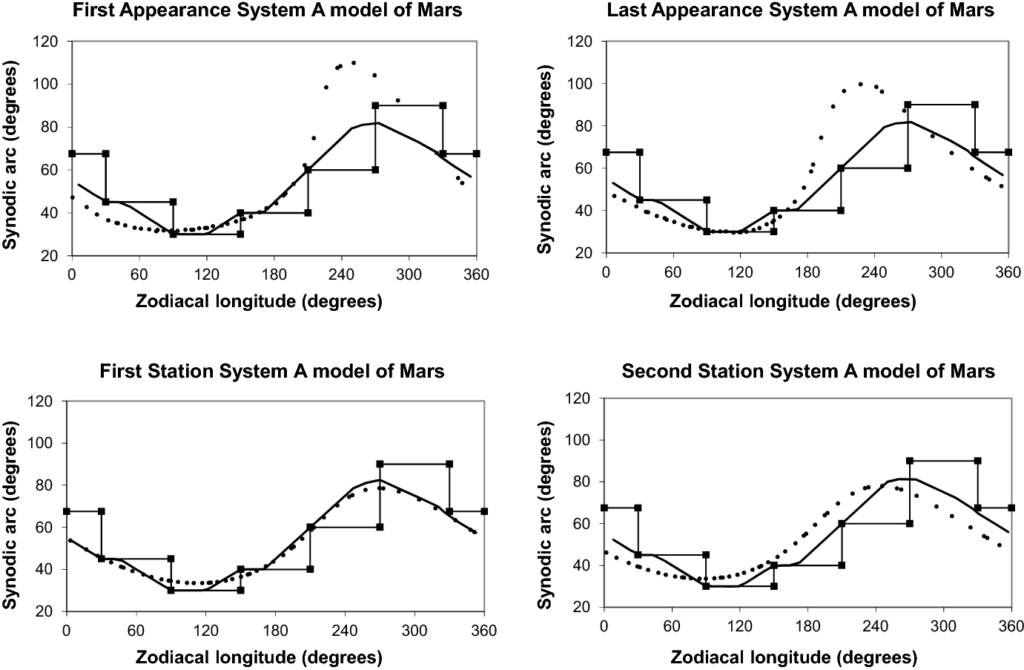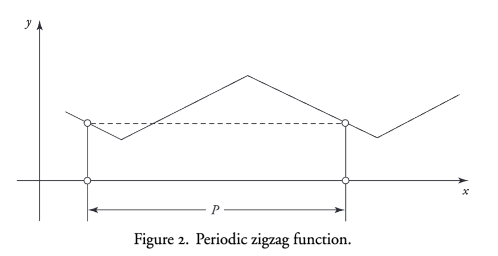by Taylor Knapp

Taylor Knapp is a first-year graduate student at Caltech, starting towards a Ph.D. in gravitational wave astrophysics. Her research investigates how we can best model and understand the gravitational waveforms resulting from inspiraling black hole and neutron star binaries. Outside of physics, she is passionate about the history of science and how the first civilizations have contributed to our modern notion of physics and astronomy.
The mention of early astronomy often brings to mind Copernicus’ novel introduction of the heliocentric solar system model. While many consider this development to be the birth of astronomy as we know it today, scientific consideration of astrophysical bodies predates early modern Europe. The earliest written records of astronomical measurement and analysis arose with the cradle of civilization in ancient Mesopotamia.
The Basics of Babylonian Astronomy
Babylonian astronomers utilized a sexagesimal system in their calculations and measurements of celestial objects. Sexagesimal numbers are practical because they have multiple intuitive bases (2, 3, 5, and 10 to name a few) and allow for simple multiplication and division, which was imperative for the scale of calculations done by Babylonian astronomers. This sexagesimal system facilitated the construction of their astronomical distance and time units.
Many of us learned in introductory astronomy that your little finger held against the sky is about one degree wide. The Babylonians used the same idea. Their cubit is 24 fingers wide, making the diameter of the celestial sphere 15 cubits or 360 finger-widths long. An alternative system of distance begins with one UŠ, which equals 12 fingers. This second system of distance units were also utilized to measure time. One solar day is 12 bēru or 360 UŠ long. From either the distance or time approach, the Babylonians broke a circle or full cycle into 360 units, analogous to the 360 degrees used today. The construction of an intertwined distance and time measurement system reinforces ancient astronomers correlated distances in the sky very closely to the speeds that celestial objects traveled along their paths.
Most modern knowledge of mathematical Babylonian astronomy comes from the MUL.APIN texts (Fig. 1), named for the first few words on the tablet. This series of palm-sized tablets is considered to be the sourcebook for ancient near east astronomy. These tablets are statistically dated to approximately 1200 BCE and contain star locations, astronomical descriptions, and star appearance schemes.

The MUL.APIN tablets paired with nightly astronomical observations form the basis for constructing the Babylonians notion of astronomy. These nightly astronomical observations appear in the Astronomical Diaries, a series of 1500–2000 tablets beginning around 700 BCE containing sky conditions, star and planet locations, and extensive lunar measurements. By the late 5th century BCE, ancient astronomers had established a system of reference stars and zodiac constellations for streamlining and standardizing their observations. In fact, they developed the earliest version of the astrological zodiac used today.
Astrophysical Techniques
Recordings made by ancient astronomers demonstrate humans’ propensity for detecting cycles in the natural world. Babylonian astronomers developed the notion of a Saros, equaling 223 synodic months, or 6585 1/3 days long. The ancient synodic month is identical to the 29.5-day-long modern synodic month that describes the full lunar cycle. The documentation of these cycles contributed to standardizing the Mesopotamian calendar, which remained self-consistent for hundreds of years.
Two forms of mathematical astronomical texts portray Babylonian astronomical calculations: procedural texts and table texts. Procedural texts are tablets written in prose and give thorough sequential instructions for executing astronomical calculations. The other classification of ancient astronomical tablets is the table texts. Within the table texts, in addition to a myriad of other information, are two systems of calculating the movement and cycles of celestial objects, aptly named System A and System B. It is important to note that while modern historians of science utilize plots to visualize translated astronomical tablet data, the Babylonians never constructed graphs and instead did all of their calculations via these tables.
System A maps the observed speed of astronomical objects at each measured point in the sky. Figure 2 is an example of the System A step functions for 4 different observable quantities for Mars. These plots show Mars’ speed at different points on its 360-degree path across the sky for 4 different measurable quantities for Mars. The interpolation of these measurements, the solid curve in Figure 2, reveals a familiar form – the Babylonians had intuited trigonometric functions through their step functions. The Babylonian astronomers measured speed over time rather than position because they were interested in predicting the paths of the planets using their observations.

System B consists of a simple zigzag function, which is shown in Figure 3. Contrary to System A, System B is a theoretical structure used to predict ideal object locations and tracks the position of a planet or moon over time. The period P shown in Figure 3 indicates an object’s expected return to its initial position after one year. Unlike the sinusoidal form of System A, System B assumes a constant speed for an object. System B was used more frequently for outer planets than inner planets, since the perceived changing speeds of the inner planets could not be fit with a zigzag function.

The Impact on Modern Astronomy
The astronomical developments made by ancient Babylonian astronomers paved the way for Greco-Roman astronomy and, in some cases, introduced concepts we consider “modern” in physics and mathematics. For example, there was an established connection between units of distance and time thousands of years before Einstein’s theory of relativity. They also found the numeric forms for early trigonometric functions. Additionally, the necessity for multiple steps in the System A step functions for the planetary curves, as shown with Mars, implies the ancient astronomers understood there was something more to the paths of the planets – they had indirectly observed the heliocentric solar system.
It is critical to examine the timeless human inclination towards recognizing periodicity and patterns in the cosmos and understand that scientific thought is an intrinsic part of the development of modern civilization. In many other early civilizations, such as in early Chinese, Indian, and Mayan cultures, key scientific and intellectual developments emerged well before their Westernized discovery. But often times, credit is not given to these civilizations who developed these ideas. By properly attributing these developments, we scientists can situate ourselves more accurately in the long history of scientific and astronomical thought we are paving the future for.
Featured image credit: The British Museum
Astrobite edited by Ali Crisp

Very nice except the Sumerians preceded the Babylonians and the first astronomer (c. 2334 BCE) was En Heduanna the chief astronomer priestess of Ur. They came up with base 60 math. and the lunar calendar. See the book ‘The Hidden Giants’ available from Amazon. She was the world’s first poet (they wrote in poems then). Her works were studied for several hundred years after her death.